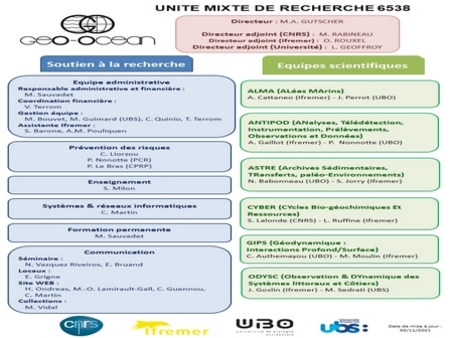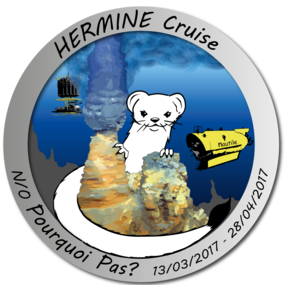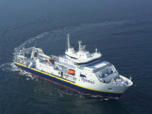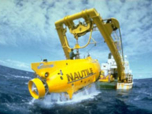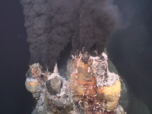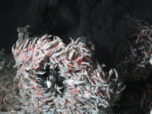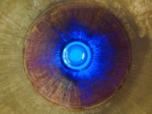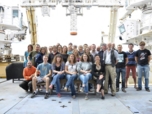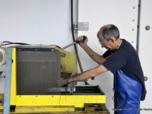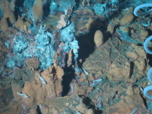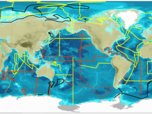Welcome to the blog of the HERMINE Cruise
15 March - 28 April
R/V Pourquoi Pas ?
Humanity's growing need for raw materials and critical metals (basic, precious and rare metals) linked to the soar in new technologies and the rush towards energy transition have led countries to diversify their sources of supply. Studied by scientists for almost 40 years, massive sulphide seafloor deposits offer the most interesting economic potential and are of interest to some industries.
However, many scientific and technological obstacles remain to be challenged before potential durable exploitation of these deposits. It is therefore important to pursue exploration in order to better understand the diversity of hydrothermal systems and their geological, chemical and biological associated processes. Their variability is linked to the geodynamic setting (fast or slow-spreading mid-ocean ridge, fore-arc, arc or back-arc basin…) and the substratum nature (basalts, andesites, dacites, ultramafic rocks, sediments…). Once discovered, the active and inactive sulphide deposits have to be thoroughly studied through a multidisciplinary approach. These studies will answer fundamental scientific questions and evaluate the resource potential with the aim of defining preservation strategies.
In 2014, France obtained an exploration licence for polymetallic sulphides along the Mid-Atlantic Ridge (slow-spreading ridge) from the International Seabed Authority. Ifremer is the institute in charge of the exploration, and identification of hydrothermal systems and the geological, chemical and biological environment characterization.
The HERMINE expedition is the first public utility cruise on this exploration licence and has five main scientific objectives:
- Complete the bathymetric mapping of the exploration licence with the hull-mounted multibeam echosounder of the R/V Pourquoi Pas ?
- Conduct regional exploration to locate new hydrothermal fields using classical exploration tools like the hydrocast, dredges, acoustic imagery…
- Sample inactive sulphide deposits in the TAG hydrothermal field with the manned-submersible Nautile to understand the processes that control their nature and location, and estimate their volumes and chemical composition
- Study the physical and chemical characteristics of TAG hydrothermal plume from the source to distal areas (up to 50 km) in order to quantify metal fluxes and natural dispersion in the ocean
- Conduct preliminary studies on inactive sites biodiversity to understand the potential impact of mining activities on ecosystems.
The HERMINE cruise was certified GEOTRACE Process study.





